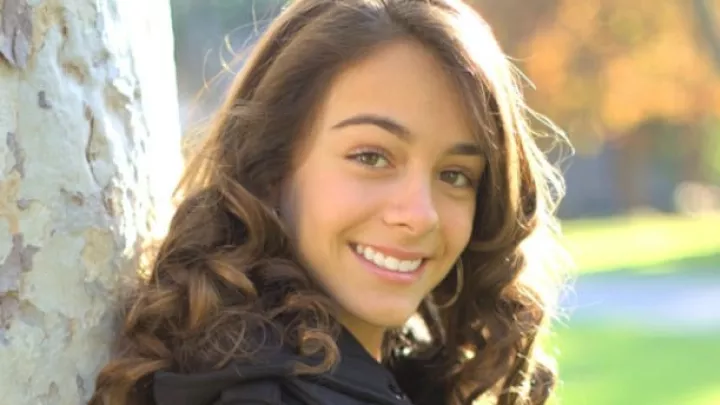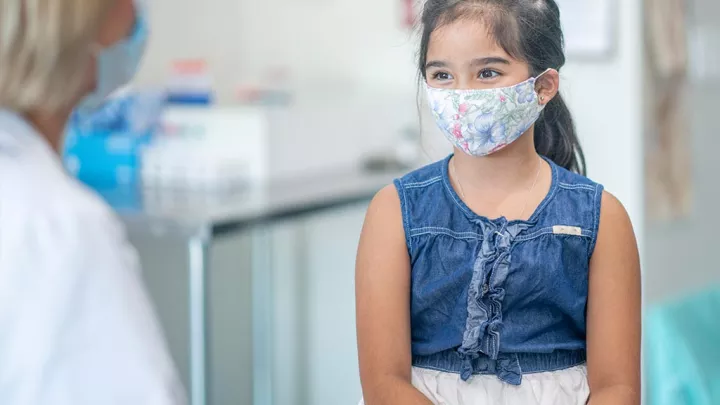
Team Delivers Innovative Care for Children With Colorectal and Pelvic Anomalies

It’s not just on weekly clinic days that the multidisciplinary specialists in the Colorectal and Pelvic Anomalies Program come together—seeing patients side by side in the same location and co-developing treatment plans.
Even days before that clinic, the Children’s Hospital Los Angeles team gathers to review every patient’s case as a group. After the clinic, they meet again. Even patient admissions to the hospital are managed together.
“We are a truly coordinated, multidisciplinary team,” says Jaya Punati, MD, a pediatric gastroenterologist and Medical Director of the program, who co-leads it with Surgical Director Christopher Gayer, MD, PhD. “That’s what makes it more effective. It improves communication, makes it easier for families, streamlines interventions and helps optimize each patient’s care.”
The program—which sees approximately 200 patients—is one of only a few of its kind in the Western United States, bringing together experts from a wide variety of disciplines. In addition to Dr. Punati and Dr. Gayer, the team includes Evalynn Vasquez, MD, and Joan Ko, MD, from Urology; Alexander Van Speybroeck, MD, Medical Director of the Spina Bifida Program; Nurse Practitioner Irene Austri-Ramos, PNP; Clinical Psychologists Ilana Moss, PhD, and Michelle SooHoo, PsyD; Lara Zaghakian from Social Work; and Physical Therapists Rubi Buxton and Hiral Achnani.
Life-changing treatment
That depth and breadth of expertise enables Children’s Hospital Los Angeles to offer the most advanced treatments for children with such complex conditions as cloaca, Hirschsprung disease, cloacal and bladder exstrophy, imperforate anus and many others.
One such treatment that can be life-changing for patients is an appendicostomy, a surgical procedure that can help certain children with fecal incontinence, such as those born with anorectal malformations.
The procedure allows children to empty their bowels with the aid of a small tube that they can connect to their belly button. This painless, once-a-day maneuver frees children from dealing with leaking stool throughout the day, helping them to live a more normal life at school and with friends. And when the tube is not connected, their belly button looks completely normal.
“We’re one of only a handful of pediatric centers in the country offering it,” Dr. Punati notes. “Our team not only has the surgical capability, but we have the medical management expertise, too. It’s not enough to just create it surgically; you need the medical component to help the patient use it.”
In addition, the team uses colonic and anorectal manometry—specialized tests supported by the Motility Disorders Program—to assess the colon’s motor function and the integrity of the anal canal. The tests, along with radiology studies and urodynamics testing for bladder evaluation, help physicians tailor treatment to each individual patient to optimize quality of life.
Psychology and physical therapy support
Psychology and physical therapy teams work in tandem with physicians to identify patients who would most benefit from their services. Psychologists provide support for children with severe and often distressing physical abnormalities that make them feel different from other children. They also help foster children’s emotional well-being through multiple surgeries and hospitalizations.
“These children go out into the world, and they don’t feel normal,” Dr. Punati says. “No one can see their unglamorous anomaly, no one wants to talk about it, and they can have a lot of trouble fitting in. That has a big impact not only on the child, but also on the whole family.”
Physical therapists, meanwhile, help children to work with their anatomy to allow for successful bowel and bladder continence and function. One of the team’s research projects involves assessing the effects of pelvic floor therapy on continence and bowel management in children with anorectal malformations.
“The goal of our program is to create opportunities to keep children continent and functional in society,” she says. “We don’t want any child to feel ashamed of a normal bodily function. It’s my passion and the team’s passion to help these children live a happy, joyful life.”


